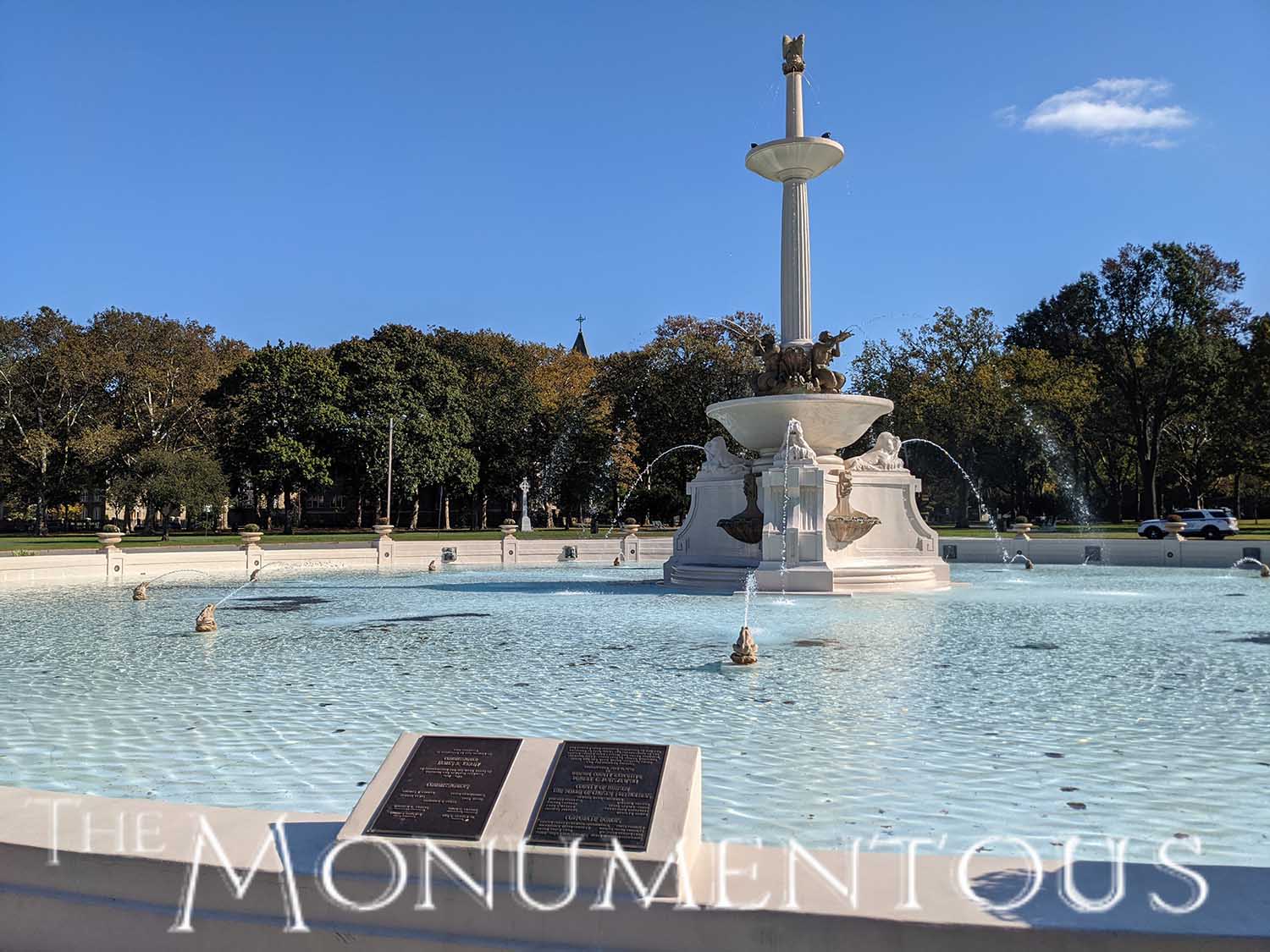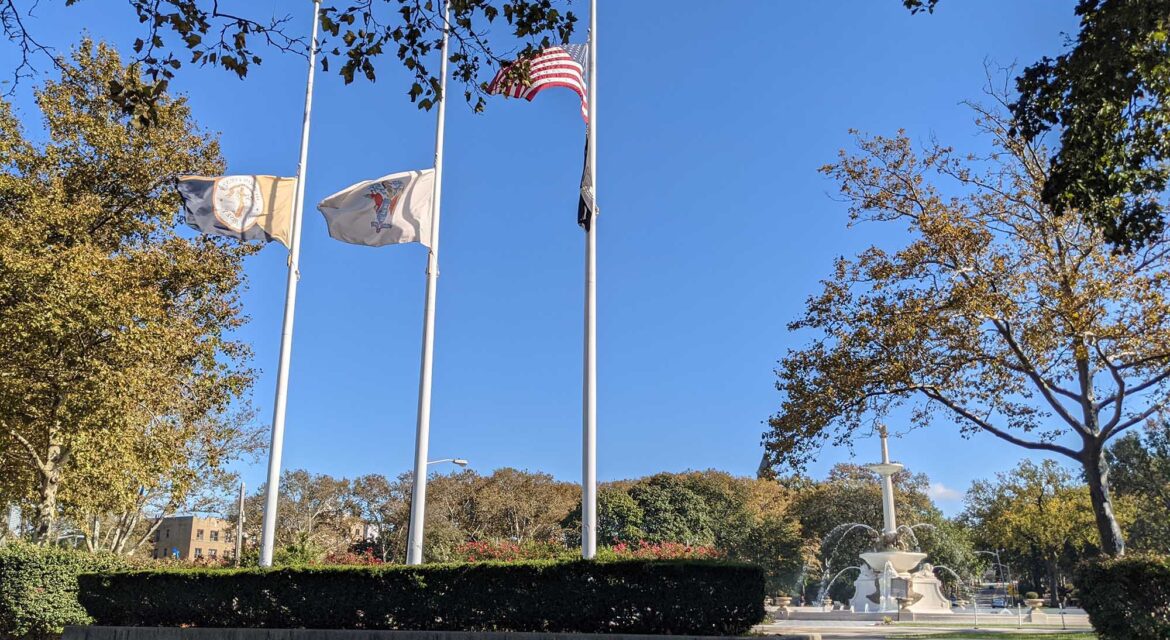 One of Newark’s three colonial parks, Lincoln Park is connected to the history of the city in a profound manner. Named for President Lincoln, the park in Newark, New Jersey, fulfills a vision of connection and engagement for the community that has changed and evolved over the eras for the benefit of everyone.
One of Newark’s three colonial parks, Lincoln Park is connected to the history of the city in a profound manner. Named for President Lincoln, the park in Newark, New Jersey, fulfills a vision of connection and engagement for the community that has changed and evolved over the eras for the benefit of everyone.
Connected to a History that Defines the Early 20th Century
 Originally called “South Commons,” and later “South Park,” what is now Lincoln Park was initially used as a watering place and grazing area for livestock. In 1930 the west side park was renamed in honor of Abraham Lincoln who once gave a speech at a church in the area.
Originally called “South Commons,” and later “South Park,” what is now Lincoln Park was initially used as a watering place and grazing area for livestock. In 1930 the west side park was renamed in honor of Abraham Lincoln who once gave a speech at a church in the area.
Sitting on over 150 acres of land, Lincoln Park houses several sports fields and recreational facilities, including tennis and basketball courts, baseball, soccer and football fields, playgrounds and a track. As the home of some of Newark’s business and cultural elite, the space has dominated the city for generations but itself is defined by the Fountain at Lincoln Park.
Designed by New York sculptor Pierre J. Cheron, the fountain became operational in 1911. Built with over 365 tons of material, the Fountain was said to be the latest, decorative, concrete fountain constructed at the time. Images of Triton, gargoyle heads, dolphins and an eagle dominate the feature, which also contains well as over 25 waterspouts and light fixtures.
The Lincoln Park Fountain has been mentioned as an example of the “city beautiful” movement of public architecture that dominated the early 20th century. Other monuments like the memorial to the Irish Famine and the Memorial to the Solider of Jersey City further connect the park to the past and present of the region and to the concept of “city beautiful.”
As further evidence of the impact the landmark has enabled, part of the surrounding neighborhood is a historic district that has been listed on the New Jersey Register of Historic Places and the National Register of Historic Places. Events like farmers markets take place in the park on a regular basis, while the Lincoln Park Music Festival has attracted over 50,000 people, highlighting what it can mean for a landmark to define a vision that links people, communities and entire movements.

A Vision for Engagement and Connection
 Sitting on over 150 acres of land, Lincoln Park houses notable monuments, several sporting fields, recreational facilities and an array of old-growth trees, providing visitors with multiple ways to experience the “city beautiful” movement that it embodies. This variety has enabled the space to define a vision for engagement and connection that resonates in the hearts and minds of audiences across the eras.
Sitting on over 150 acres of land, Lincoln Park houses notable monuments, several sporting fields, recreational facilities and an array of old-growth trees, providing visitors with multiple ways to experience the “city beautiful” movement that it embodies. This variety has enabled the space to define a vision for engagement and connection that resonates in the hearts and minds of audiences across the eras.


